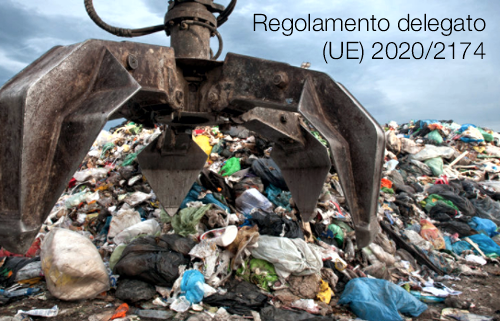Informazione tecnica HSE / 25 ° anno
/ Documenti disponibili:
45.620
/ Documenti scaricati: 34.635.051
/ Documenti scaricati: 34.635.051
Ed. 2020
FD 2019
Industrial Emissions Directive 2010/75/EU (Integrated Pollution Prevention and Control)
This BAT reference document (BREF) covers the following activities specified in Annex I to Directive 2010/75/EU:
- 6.7: Surface treatment of substances, objects or products using organic solvents, in particular for dressing, printing, coating, degreasing, waterproofing, sizing, painting, cleaning or impregnating, with an organic solvent consumption capacity of more than 150 kg per hour or more than 200 tonnes per year.
- 6.10: Preservation of wood and wood products with chemicals with a production capacity exceeding 75 m3 per day other than exclusively treating against sapstain.
- 6.11: Independently operated treatment of waste water not covered by Directive 91/271/EEC provided that the main pollutant load originates from activities specified in point 6.7 or 6.10 of Annex I to Directive 2010/75/EU.
This document also covers:
- the combined treatment of waste water from different origins provided that the main pollutant load originates from the activities specified in point 6.7 or 6.10 of Annex I to Directive 2010/75/EU and that the waste water treatment is not covered by Directive 91/271/EEC.
BAT is a dynamic concept and so the review of BREFs is a continuing process. For example, new measures and techniques may emerge, science and technologies are continuously developing and new or emerging processes are being successfully introduced into the industries. In order to reflect such changes and their consequences for BAT, this document will be periodically reviewed and, if necessary, updated accordingly
Comunicazione della Commissione Orientamenti sull’applicazione degli obblighi di cui al regolamento dell’UE relativo al riciclaggio delle navi per quanto c...

Regolamento delegato (UE) 2020/2174 della Commissione del 19 ottobre 2020 che modifica gli allegati I C, III, III A, IV, V, VII e VIII del regolamento (CE) n. 1013/...

ID 21895 | 21.05.2024
Regolamento delegato (UE) 2024/1408 della Commissione, del 14 marzo 2024, che modifica il regolamento delegato (UE) 2023/1184 della Commissione ...
Testata editoriale iscritta al n. 22/2024 del registro periodici della cancelleria del Tribunale di Perugia in data 19.11.2024